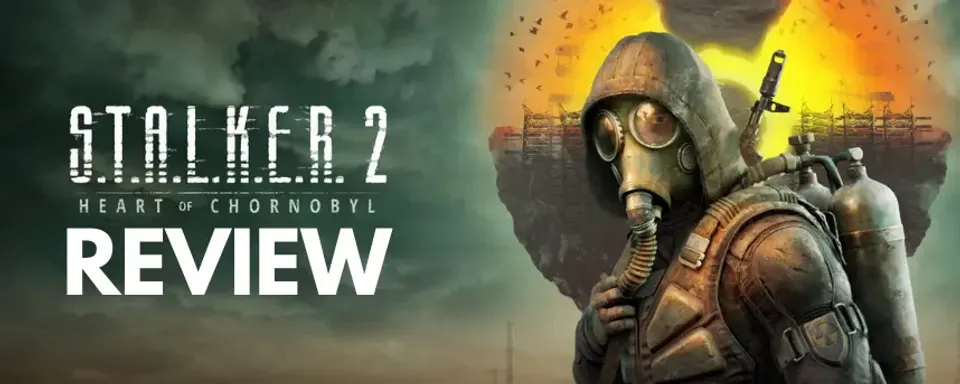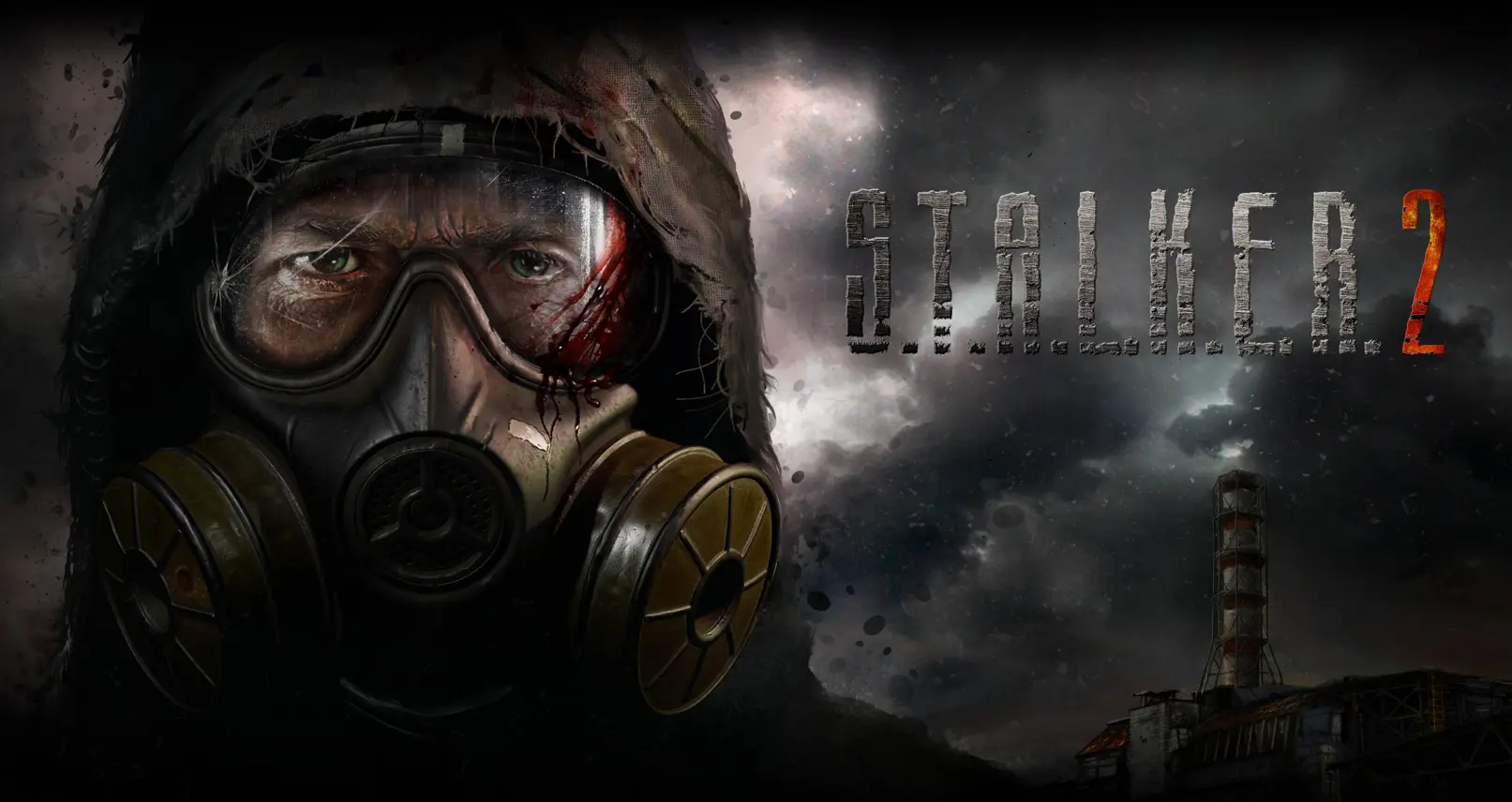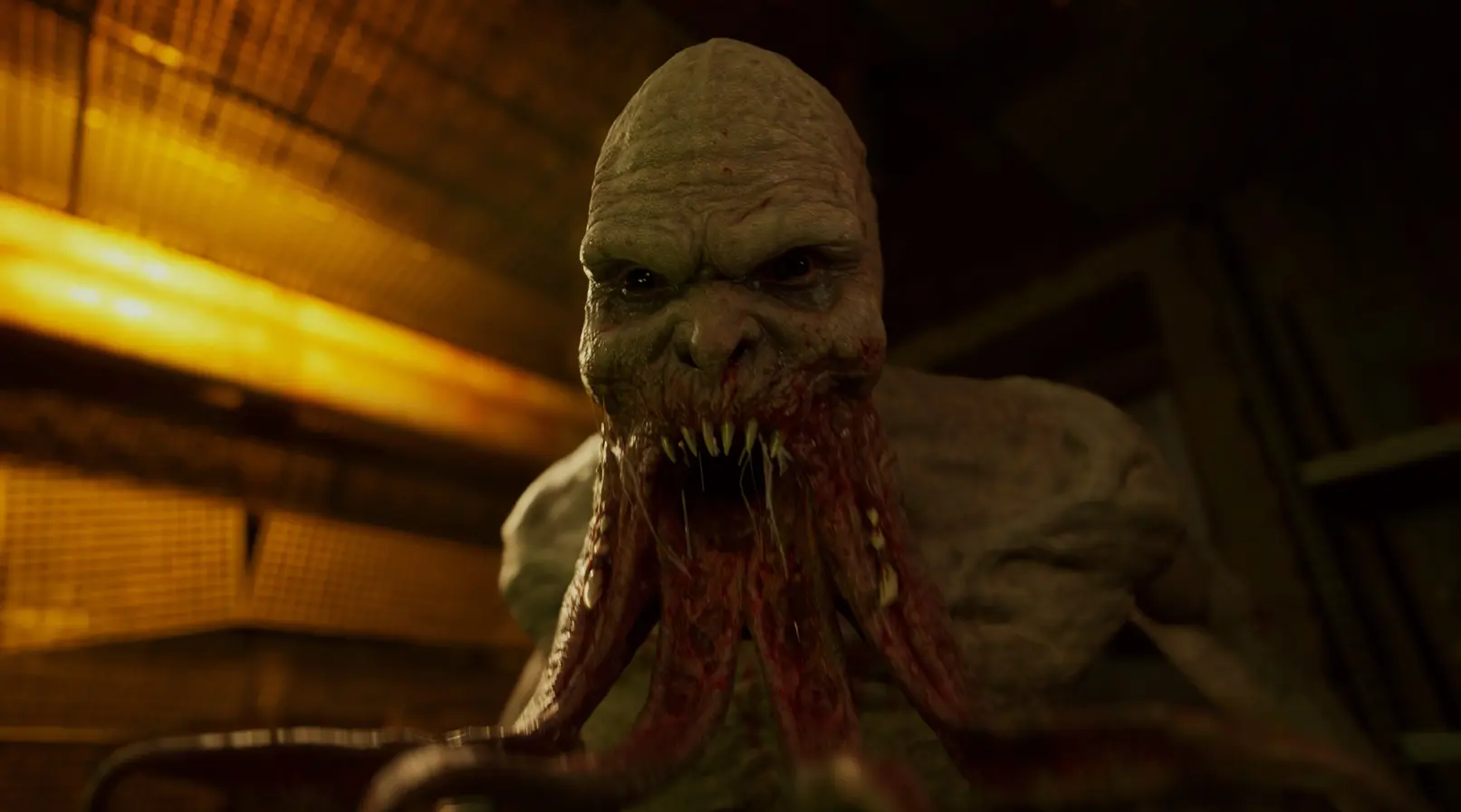
Introduction
The long-awaited S.T.A.L.K.E.R. 2: Heart of Chornobyl finally arrives after years of development turmoil and mounting expectations. Set in the eerie, irradiated Zone, this survival-horror RPG attempts to modernize the franchise's core elements while staying true to its roots. With its captivating atmosphere and intense survival mechanics. However, persistent technical flaws - including bugs, lag, and crashes - prevent it from achieving perfection. Let’s dive deep into this ambitious but flawed entry in the series

Narrative
S.T.A.L.K.E.R. 2 introduces us to Skif, a lone Stalker with a mysterious past, as he navigates the treacherous Zone. The narrative combines personal stakes with broader, philosophical questions about humanity’s role in shaping and exploiting the Zone's power.

The story benefits from its morally ambiguous tone, with factions like Duty, Freedom, and new players vying for control of the Zone. Dialogue-driven choices play a significant role in shaping alliances and determining outcomes. However, the plot’s pacing can feel uneven, and secondary characters lack depth, leaving the protagonist as the main emotional anchor. While hardcore fans will appreciate the lore and environmental storytelling, newcomers might find the fragmented delivery and minimal exposition challenging to follow

Gameplay
At its core, Heart of Chornobyl blends survival mechanics with first-person shooting, emphasizing tension and resource management. Scavenging for supplies, upgrading weapons, and managing hunger, radiation, and stamina form the foundation of gameplay.

Combat is often intense, with smart enemy AI and realistic ballistics. Yet, the experience is marred by frustrating bugs, like enemies getting stuck in the environment or scripted events failing to trigger. Weapon durability adds to the realism but can occasionally feel tedious, especially when coupled with erratic performance during firefights. Additionally, the new fast-travel system offers convenience at a cost, striking a balance between accessibility and risk

The Zone: A Beautiful, Deadly Playground
The Zone itself is the game’s crown jewel. It is a sprawling, open-world environment teeming with haunting beauty and danger. From desolate villages to irradiated anomalies, every corner of the Zone tells a story.
Dynamic weather and day-night cycles heighten the sense of immersion, with thunderstorms and fog amplifying the tension. However, the world’s interactivity is uneven. While anomalies and stashes offer moments of discovery, certain areas feel underutilized, and repetitive side quests diminish the impact of exploration over time

Technical Issues: A Rocky Launch
Despite its strengths, S.T.A.L.K.E.R. 2 is plagued by technical problems. Bugs range from amusing (floating NPCs) to game-breaking (quest progression halting). Lag and frame rate drops are common, particularly on mid-range PCs and consoles. Crashes occur with frustrating regularity, pulling players out of the immersive experience. While patches are expected, these issues tarnish what could have been a near-perfect launch

Visuals and Audio: Atmosphere at Its Best
Graphically, the game excels in creating a chilling, immersive atmosphere. Dynamic lighting and environmental detail are top-notch, making the Zone feel alive despite its desolation. However, character models and animations fall short, with some facial expressions and movements appearing dated.

The audio design is phenomenal. From the distant growls of mutants to the haunting hum of anomalies, every sound serves to heighten tension. The music blends Slavic folk with ominous tones, perfectly matching the Zone's eerie ambiance

Factions, Choices, and Replayability
The game’s faction system plays a significant role in its branching narrative. Players can ally with different groups, each with their own ideologies and rewards. These choices impact not only the ending but also the availability of quests and resources.

The replayability is bolstered by the multiple outcomes tied to player decisions, though some quests rely too heavily on fetch mechanics. Additionally, moral ambiguity ensures that no choice feels entirely right or wrong, a hallmark of the S.T.A.L.K.E.R. series
Verdict: An Atmospheric Triumph With Technical Shortcomings
S.T.A.L.K.E.R. 2: Heart of Chornobyl succeeds in delivering an unforgettable experience steeped in tension, atmosphere, and challenging gameplay. However, its brilliance is dulled by persistent bugs, performance issues, and repetitive mission design.
For fans of the series, it’s a triumphant return to one of gaming’s most iconic worlds, offering countless hours of exploration and discovery. For newcomers, the steep learning curve and technical flaws may prove daunting.


Final Thoughts
If you’re willing to endure the occasional frustration, Heart of Chornobyl is a worthy addition to the franchise and a must-play for survival-horror enthusiasts. Its flaws are undeniable, but so too is its ability to immerse players in a world unlike any other. As you step into the Zone, remember: the greatest rewards often come with the highest risks.
Rank: 8.5/10





Comments